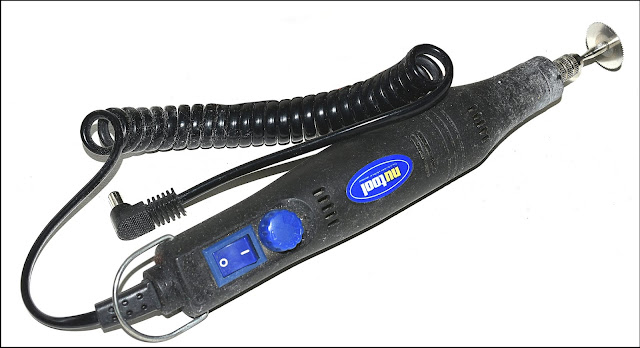How to make a Viewfinder Magnifier for your Camera.
How to make a Viewfinder Magnifier for your Camera.
Eventually, most of us will end up needing spectacles for reading, the older we get the more our eyesight deteriorates and the day will come when the dioptres on our cameras can no longer be adjusted. About four years ago I was about three + clicks from the end of the dioptre adjustment on my Nikon D7200 and last year I reached the end, the last click went by, and sooner or later I was going to have to purchase a viewfinder magnifier, but which one to get? What if it's no good, what about the expense? Getting a proper Nikon one was out of the question due to the cost. Anyway, there seem to be two basic types of viewfinder magnifiers, ones with adjustable focusing and ones with fixed focusing (that simply magnifies what you see in your camera's viewfinder) essentially this basic eyepiece is just a rubber cup with a lens in it. So I set about making one for myself, and it works.
1. A rubber eye-cup (Nikon fit, from China, free post) £1.23
(In a hurry? buy from the UK, £2.95 free post).
2. An old (or new) pair of plastic lensed reading glasses from the Pound Shop (cost £1.00)
Rubber Eye-cup £2.95
Detach the rubber eyecup from the accessory piece that fits over the camera's viewfinder.
When finished the lens will be glued into this recess
Trim some thin card to fit in the recess, the card will be used as a template.
Stick the card onto the front of one of the plastic lenses and stick a piece of black tape on the back of the lens.
Cut around the card with a Dremel type tool if you have one, if not, remove the lens and try using a small hacksaw.
Smooth the edges of the lens so it fits snugly into the recess of the accessory holder, then glue it in using epoxy. Make sure that the curve of the spectacle lens is glued in the proper way around ie. the curve of the lens )➔ facing forwards, and go easy on the adhesive you'll only need an amount of glue the size of a match-head otherwise you'll get it on the lens, on your hands, on your clothes, on the fridge, on the washing machine etc. etc.
Lens glued in
When the epoxy has hardened pop the rubber eye-cup onto the accessory shoe and slip it onto the viewfinder of your camera to test it, remembering to refocus your dioptre wheel to suit the new arrangement. Rubber cups are very easily accidentally detached from an accessory shoe and therefore the shoe and rubber cup should be stuck together, I've found that super-glue works well for sticking the rubber cup to the plastic shoe, (not whilst it's on the camera).
Note, use the same strength lens or slightly less than you use for reading, I use +3.00 for reading and +2.00 for my Pc Screen. I've made two viewfinder eye-cup magnifiers one
from a +2.50 lens and one from a lens +2.00 both work fine, just retune your camera's dioptre setting accordingly.
Also note that there may be slight differences in rubber eyecup shoes, the one I got from the UK is slightly different than the one from China so +3.00 and+3.50 lenses may be too thick to be used in the same way as described above, but with a little more shaping the lens can be made to fit into the other side of the accessory shoe but as it will now be slightly further away from the viewfinder some vignetting may be visible at the corners.
from a +2.50 lens and one from a lens +2.00 both work fine, just retune your camera's dioptre setting accordingly.
Also note that there may be slight differences in rubber eyecup shoes, the one I got from the UK is slightly different than the one from China so +3.00 and+3.50 lenses may be too thick to be used in the same way as described above, but with a little more shaping the lens can be made to fit into the other side of the accessory shoe but as it will now be slightly further away from the viewfinder some vignetting may be visible at the corners.








































